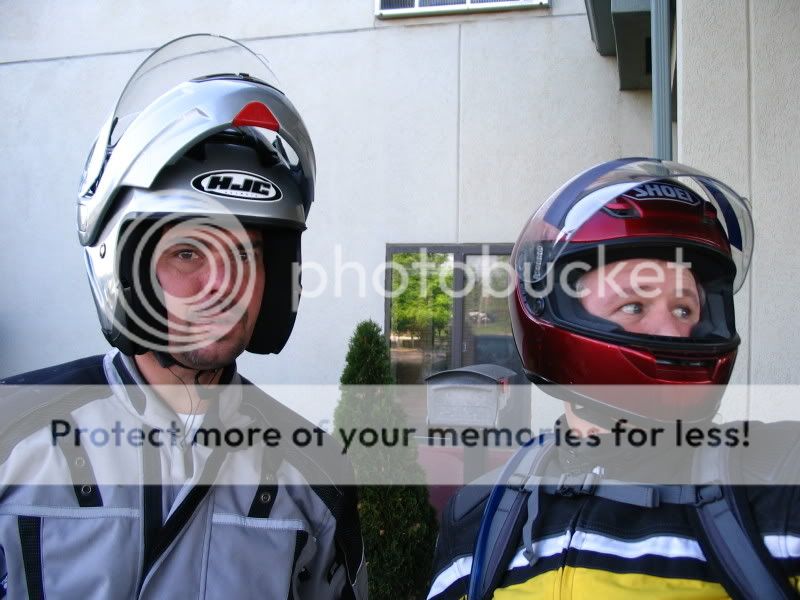I didn't notice any thermodynamic rebuttal in any previous posts. I did see an arguement that a stopped engine puts off more heat than a running engine, and pretty much tuned out after that statement.
And that's a shame, because you misread or misunderstood most, if not all, of what I was saying.
I didn't say that a stopped engine puts out more heat than a running engine. I said the coolant that is currently IN THE MOTOR will get hotter beginning the moment you stop circulating the coolant. Shut the motor down, the water pump stops pumping and what coolant is currently in the coolant passages within the cylinder head and block stops moving. This (already) hot coolant is now "trapped" (so to speak) in passages, still exposed to the combustion heat produced just before you shut the motor off.
Therefore, when you re-start the motor, the coolant entering the radiator is hotter AFTER the restart than it would be had you left the motor running. Obviously, there is a "point-of-no-return" where constant idling will eventually lead to even hotter coolant, thereby triggering the fans, but that "point" is much longer than the minute you've shut the motor off.
On a similar topic, one of the disappointments I have with the FJR, or rather, Yamaha, is that when the motor IS hot enough to trigger the fans, when you shut the motor off and pull the key, the fan is stopped. My Kawasaki is exactly the opposite. Fan kicks on, shut the motor off, fan continues running until the coolant in the radiator drops below the sensor threshold.
Yamaha's method of killing power to the fan does the bike no good if you ask me. If the bike is hot enough to start the fan running, it should continue running until the temperature in the radiator reaches the "safe" point. BAD YAMAHA!!!





